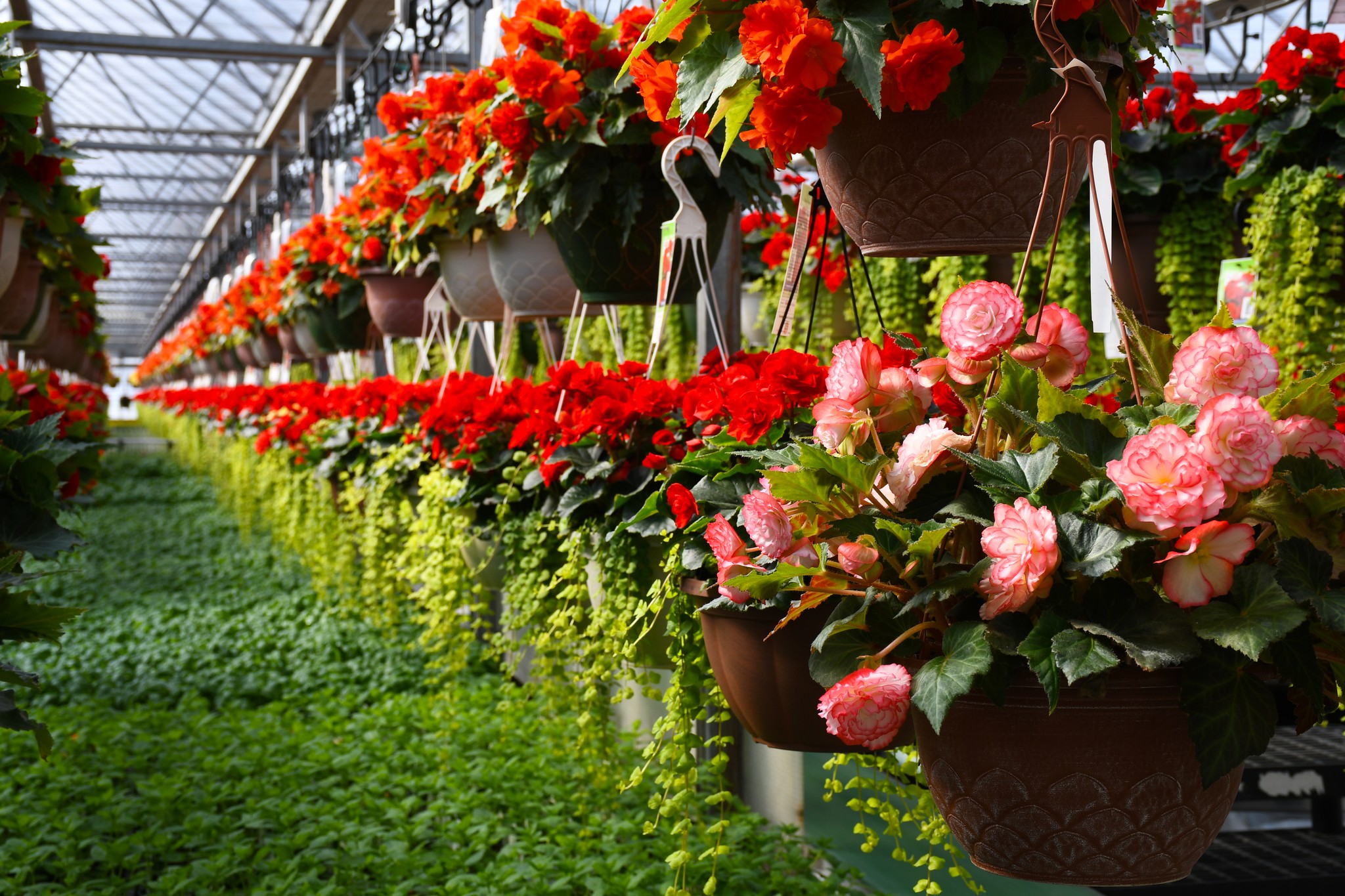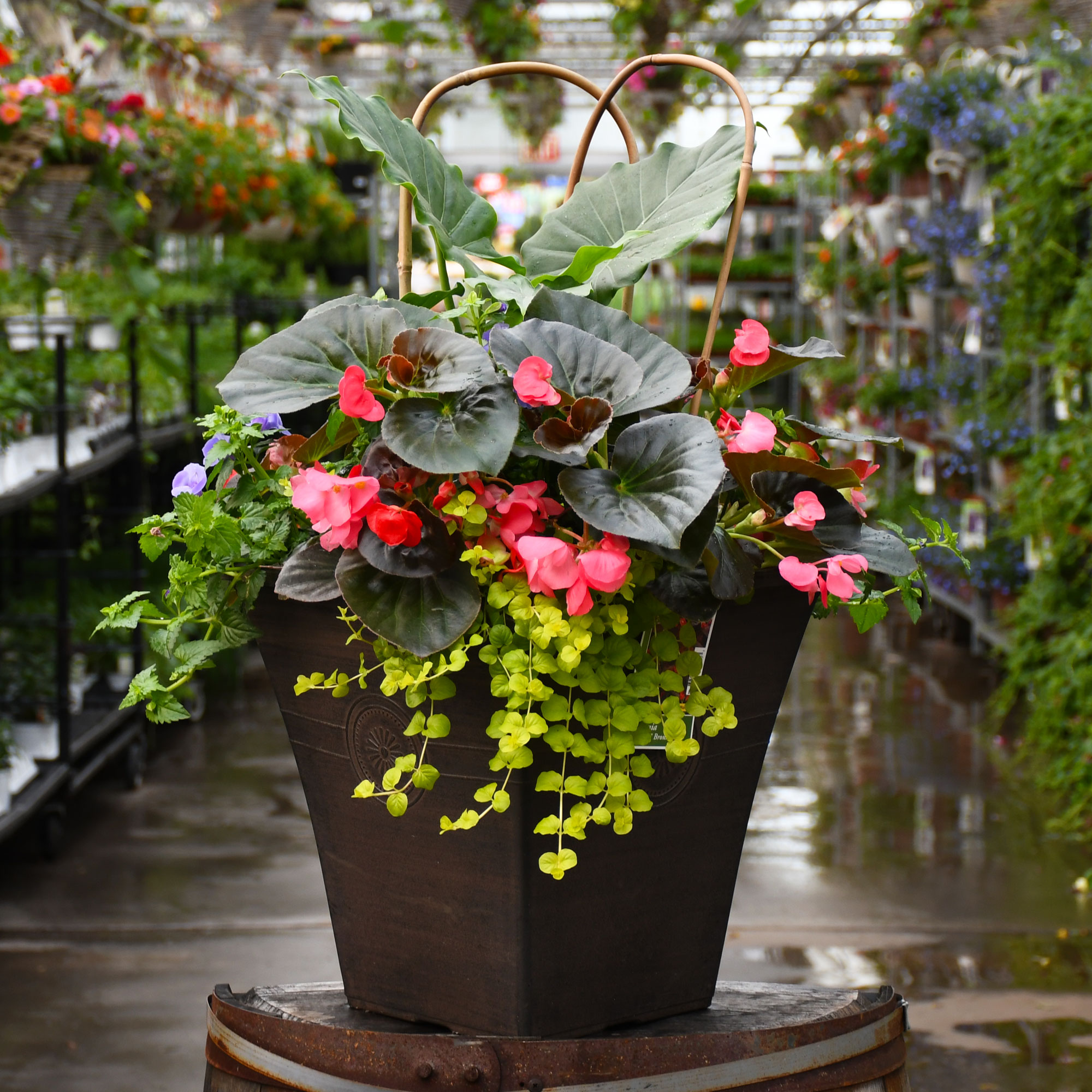Cactus, 'Bunny Ears'

Out of stock
Description
A spreading succulent cactus with showy yellow-peach flowers that bloom in spring and fruit that ripens to fuchsia in summer; oval shaped pads are studded with closely spaced glochids; an excellent accent for rock gardens and planters
Direct from the Grower
When you see the Gerten Grown logo on our annuals, you know you're getting a fresh plant directly from our greenhouse. We've been perfecting our growing process for over four generations and pride ourselves on providing local quality and freshness to our customers. Better pricing on better quality plant material, that's Gerten Grown.
Details
Height: 18 inches
Spread: 3 feet
Sunlight: ![]()
![]() or Bright Direct
or Bright Direct
Hardiness Zone: 8b
Other Names: Polka Dot Cactus
Description:
A spreading succulent cactus with showy yellow-peach flowers that bloom in spring and fruit that ripens to fuchsia in summer; oval shaped pads are studded with closely spaced glochids; an excellent accent for rock gardens and planters
Features & Attributes
Bunny Ears Cactus has buttery yellow flowers at the ends of the stems in mid spring, which are interesting on close inspection. Its attractive succulent oval leaves remain light green in color with distinctive gold spots throughout the year.
This is an herbaceous houseplant with a spreading, ground-hugging habit of growth. Its relatively coarse texture stands it apart from other indoor plants with finer foliage. This plant should never be pruned unless absolutely necessary, as it tends not to take pruning well.
Planting & Growing
When grown indoors, Bunny Ears Cactus can be expected to grow to be about 18 inches tall at maturity, with a spread of 3 feet. It grows at a medium rate, and under ideal conditions can be expected to live for approximately 30 years. This houseplant will do well in a location that gets either direct or indirect sunlight, although it will usually require a more brightly-lit environment than what artificial indoor lighting alone can provide. This is a unique plant in that it requires extremely dry, well-drained soil, and it will die if left in standing water for any length of time - in fact it will suffer if it is over-watered. The soil should be allowed to go completely dry to the touch an inch or two deep for prolonged periods, and it may only need watering once every few weeks. Be aware that your particular watering schedule may vary depending on its location in the room, the pot size, plant size and other conditions; if in doubt, ask one of our experts in the store for advice. It is not particular as to soil pH, but grows best in sandy soil. Contact the store for specific recommendations on pre-mixed potting soil for this plant.
There are many factors that will affect the ultimate height, spread and overall performance of a plant when grown indoors; among them, the size of the pot it's growing in, the amount of light it receives, watering frequency, the pruning regimen and repotting schedule. Use the information described here as a guideline only; individual performance can and will vary. Please contact the store to speak with one of our experts if you are interested in further details concerning recommendations on pot size, watering, pruning, repotting, etc.
-- THIS IS A HOUSEPLANT AND IS NOT MEANT TO SURVIVE THE WINTER OUTDOORS IN OUR CLIMATE --
More Information
| Common Family Name | Opuntia |
|---|---|
| Plant Life Cycle | Annual |


